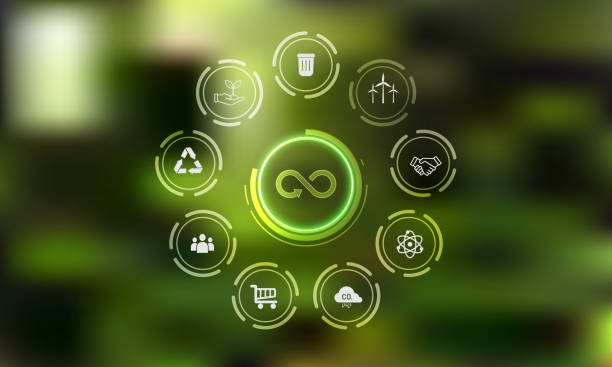In today's fast-paced world, the need for sustainable waste management practices has never been more critical. With the rise of global environmental challenges such as climate change and resource depletion, implementing circular economy innovations is essential to closing the loop on waste management. By adopting a circular economy approach, businesses and organizations can minimize waste, reduce their environmental impact, and create a more sustainable future for generations to come. In this article, we will explore practical strategies and tips on how to effectively implement circular economy innovations to transform waste management processes.

What is Circular Economy?
At its core, circular economy is a regenerative system in which resources are kept in use for as long as possible, with waste and pollution minimized. Unlike the traditional linear economy model of 'take, make, dispose,' circular economy aims to close the loop by designing out waste and keeping products and materials in circulation. By adopting principles such as recycling, upcycling, and reusing, businesses can create a more sustainable and resource-efficient economy.
Implementing Circular Economy Innovations
When it comes to implementing circular economy innovations, businesses must consider the entire product lifecycle - from design and production to consumption and disposal. Here are some practical tips on how to effectively close the loop on waste management:
- Design for Sustainability: Start by designing products with durability, repairability, and recyclability in mind. Use eco-friendly materials and minimize packaging to reduce waste.
- Implement Reverse Logistics: Set up systems to collect and recycle products at the end of their lifecycle. Offer incentives for customers to return used items for recycling and reuse.
- Collaborate with Suppliers: Work closely with suppliers to source sustainable materials and reduce waste across the supply chain. Encourage suppliers to adopt circular economy principles.
- Engage with Customers: Educate customers on the importance of recycling and encourage them to choose sustainable products. Implement take-back programs and reward customers for returning used items.
- Measure and Monitor Progress: Track key performance indicators such as material efficiency, waste diversion rates, and carbon emissions. Use data to identify areas for improvement and set targets for waste reduction.
How to Get Started
To get started on implementing circular economy innovations, businesses can conduct a waste audit to identify opportunities for improvement. Evaluate current waste management practices, assess the environmental impact, and set goals for reducing waste and increasing resource efficiency. Collaborate with stakeholders, including employees, suppliers, and customers, to develop a comprehensive waste management strategy aligned with circular economy principles. By working together towards a common goal of sustainability, businesses can make a positive impact on the environment and create a more circular economy for future generations.
Closing the loop on waste management through circular economy innovations is essential for building a more sustainable and resource-efficient future. By adopting principles such as recycling, upcycling, and reusing, businesses can minimize waste, reduce their environmental impact, and create a circular economy that benefits both people and the planet. By implementing practical strategies and tips outlined in this article, businesses can take the first step towards transforming waste management processes and embracing a more sustainable way of doing business.





